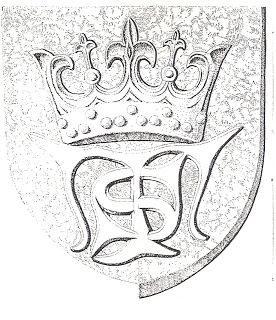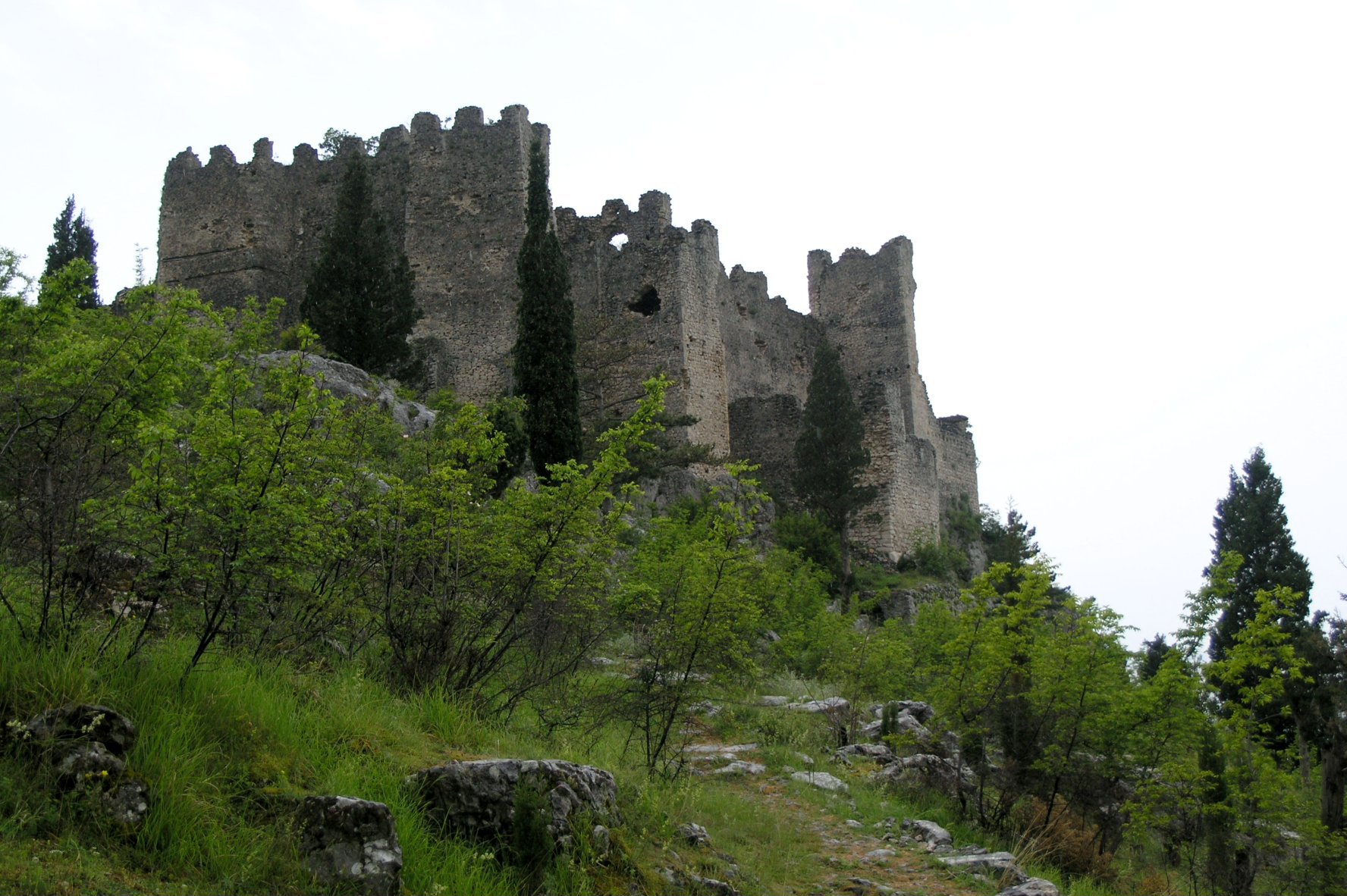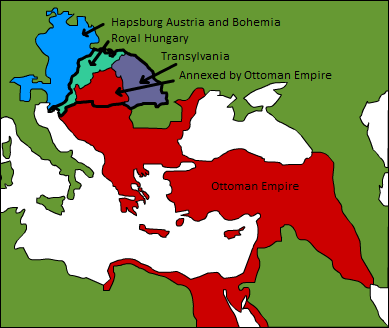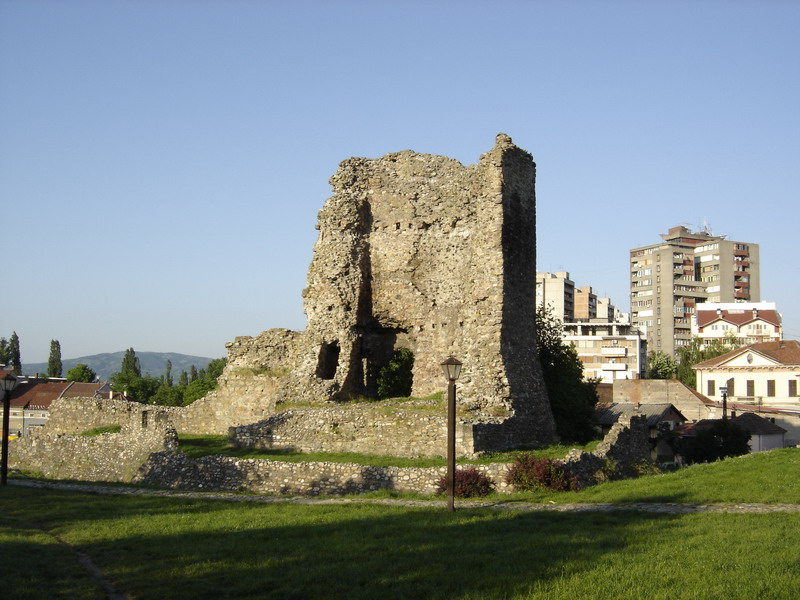|
Srebrenik Fortress
Srebrenik Fortress ( Bosnian, Croatian and Serbian: ''Tvrđava Srebrenik'' / Тврђава Сребреник; also known as: ''Gradina'' / Градина) is a fortress located near the city of Srebrenik in Bosnia and Herzegovina. It has been a national monument of Bosnia and Herzegovina since 8 December 2004. Location The fortress is located on the northeastern slopes of Majevica mountain in the village of Gornji Srebrenik, about 5 km away from the city centre. It is built on a steep, almost inaccessible rock, with a deep trench dug underneath, with the only entrance being a small bridge. History No current historical sources identify the exact year of its construction or who its constructor was. Earliest records date back to edicts of Stephen II to Ragusa from 1333. It was located on, at the time, important military roads which made it an important strategic stronghold. Already in 1363, king Louis I of Hungary sent an army to Bosnia, led by his palatine Nicholas K ... [...More Info...] [...Related Items...] OR: [Wikipedia] [Google] [Baidu] |
Srebrenik
Srebrenik ( sr-cyrl, Сребреник) is a city located in Tuzla Canton of the Federation of Bosnia and Herzegovina. It is located in northeastern Bosnia and Herzegovina, near Tuzla. As of 2013, it has a population of 39,678 inhabitants. The town of Srebrenik had a population of 6,694. History Prehistory Based on unsystematic archaeological research, there have been found what appears to be remains of a neolithic village near Hrgovi Gornji. Further research is required before any conclusions are made. Medieval The earliest historical record documenting Srebrenik is the edict of Stephen II to Ragusa signed on the 15th of February, 1333. According to documents from the same period, Srebrenik was under the administration of župa Usora. Srebrenik fortress, a medieval fortress dating back to at least 1333, is located on the Majevica mountain, providing an important strategic stronghold in the area. In September 1363, king Louis I of Hungary sent an army to Bosnia, led by ... [...More Info...] [...Related Items...] OR: [Wikipedia] [Google] [Baidu] |
Thomas Of Bosnia
Stephen Thomas ( sh-Latn-Cyrl, separator=/, Stefan Tomaš, Стефан Томаш, sh-Latn-Cyrl, separator=/, label=none, Stjepan Tomaš, Стјепан Томаш; 1411 – July 1461), a member of the House of Kotromanić, reigned from 1443 until his death as the penultimate king of Bosnia. An illegitimate son of King Ostoja, Thomas succeeded King Tvrtko II, but his accession was not recognized by the leading magnate of the Kingdom of Bosnia, Stjepan Vukčić Kosača. The two engaged in a civil war which ended when the King repudiated his wife, Vojača, and married the insubordinate nobleman's daughter, Catherine. Thomas and his second wife, both raised in the Bosnian Church tradition, converted to Roman Catholicism and sponsored construction of churches and monasteries throughout the kingdom. Throughout his reign, Thomas waged a war with the Serbian Despotate over the lucrative mining town of Srebrenica and its surroundings, in addition to (or in conjunction with) m ... [...More Info...] [...Related Items...] OR: [Wikipedia] [Google] [Baidu] |
Castles In Bosnia And Herzegovina
This is a list of fortifications in Bosnia and Herzegovina, including fortresses and castles, arranged alphabetically. List The list is based on body of work in Bosnia and Herzegovina historiography. }) is an old fort overlooking the historic core of Sarajevo. It is a national monument of Bosnia and Herzegovina. , , - , Blagaj , Mostar , , , , , - , Bobovac , Vareš/Kraljeva Sutjeska , , , , , - , Bočac Fortress , Bočac , , , , , - , Borač Castle , Brčigovo , Fortified town with noble court , 1244 (13th century) , Borač was noble court of Radinović-Pavlović and one of the largest and most important fortified towns of medieval Bosnia , , - , Bosanska Krupa Fortress , Bosanska Krupa , , , , , - , Bužim Castle , Bužim , , , , , - , Branković Tower , Trebinje , , , , , - , Captain's Citadel , Bihać , , , , , - , Citadel Počitelj , Počitelj , , 1383 , , , - , Medieval Town of Dubrovnik (Bosnia and Herz ... [...More Info...] [...Related Items...] OR: [Wikipedia] [Google] [Baidu] |
List Of Castles In Bosnia And Herzegovina
This is a list of fortifications in Bosnia and Herzegovina, including fortresses and castles, arranged alphabetically. List The list is based on body of work in Bosnia and Herzegovina historiography. }) is an old fort overlooking the historic core of Sarajevo. It is a national monument of Bosnia and Herzegovina. , , - , Blagaj , Mostar , , , , , - , Bobovac , Vareš/Kraljeva Sutjeska , , , , , - , Bočac Fortress , Bočac , , , , , - , Borač Castle , Brčigovo , Fortified town with noble court , 1244 (13th century) , Borač was noble court of Radinović-Pavlović and one of the largest and most important fortified towns of medieval Bosnia , , - , Bosanska Krupa Fortress , Bosanska Krupa , , , , , - , Bužim Castle , Bužim , , , , , - , Branković Tower , Trebinje , , , , , - , Captain's Citadel , Bihać , , , , , - , Citadel Počitelj , Počitelj , , 1383 , , , - , Medieval Town of Dubrovnik (Bosnia and H ... [...More Info...] [...Related Items...] OR: [Wikipedia] [Google] [Baidu] |
Treaty Of Karlowitz
The Treaty of Karlowitz was signed in Karlowitz, Military Frontier of Archduchy of Austria (present-day Sremski Karlovci, Serbia), on 26 January 1699, concluding the Great Turkish War of 1683–1697 in which the Ottoman Empire was defeated by the Holy League at the Battle of Zenta. It marks the end of Ottoman control in much of Central Europe, with their first major territorial losses, beginning the reversal of four centuries of expansion (1299–1683), and established the Habsburg monarchy as the dominant power of the region. Context and terms Following a two-month congress between the Ottoman Empire on one side and the Holy League of 1684, a coalition of the Holy Roman Empire, the Polish–Lithuanian Commonwealth, the Republic of Venice and Peter the Great, Tsar of Russia, a peace treaty was signed on 26 January 1699. On the basis of ', the treaty confirmed the territorial holdings of each power. The Habsburgs received from the Ottomans the Eğri Eyalet, Varat Eyalet, m ... [...More Info...] [...Related Items...] OR: [Wikipedia] [Google] [Baidu] |
Battle Of Mohács
The Battle of Mohács (; hu, mohácsi csata, tr, Mohaç Muharebesi or Mohaç Savaşı) was fought on 29 August 1526 near Mohács, Kingdom of Hungary, between the forces of the Kingdom of Hungary and its allies, led by Louis II, and those of the Ottoman Empire, led by Suleiman the Magnificent. The Ottoman victory led to the partition of Hungary for several centuries between the Ottoman Empire, the Habsburg monarchy, and the Principality of Transylvania. Further, the death of Louis II as he fled the battle marked the end of the Jagiellonian dynasty in Hungary and Bohemia, whose dynastic claims passed to the House of Habsburg. Background Decline of Hungarian royal power (1490–1526) After the death of the absolutist King Matthias Corvinus in 1490, the Hungarian magnates, who did not want another heavy-handed king, procured the accession of the notoriously weak-willed King Vladislaus of Bohemia, who reigned as King Vladislaus II of Hungary from 1490 to 1516. He was ... [...More Info...] [...Related Items...] OR: [Wikipedia] [Google] [Baidu] |
Nicholas Of Ilok
Nicholas of Ilok ( Hungarian: ''Újlaki Miklós'', Bosnian and Croatian: ''Nikola Iločki'', ; 1410–1477) was a Hungarian nobleman, Ban of Croatia, Slavonia, Dalmatia and Macsó, Voivode of Transylvania and titular King of Bosnia from 1471 until his death. A member of the Újlaki family, he was one of the richest landowners in the Kingdom of Hungary and one of its most influential magnates. He held a reputation of a great hero and served under four kings of Hungary: Albert, Vladislaus I, Ladislaus V and Matthias I. Early career His parents were Ladislaus of Ilok, Ban of Macsó, and Anna Stiboriczi, daughter of Stibor of Stiboricz, Voivode of Transylvania. His father died shortly after his birth. He had four brothers: John, Stephen, Peter and Paul. His great-grandfather, Nicholas Kont, served as palatine to King Louis I of Hungary. Nicholas was the best known lord of the city of Ilok. While he was in power, the city experienced its golden age. In 1430, Nicholas' broth ... [...More Info...] [...Related Items...] OR: [Wikipedia] [Google] [Baidu] |
Matthias Corvinus
Matthias Corvinus, also called Matthias I ( hu, Hunyadi Mátyás, ro, Matia/Matei Corvin, hr, Matija/Matijaš Korvin, sk, Matej Korvín, cz, Matyáš Korvín; ), was King of Hungary and Croatia from 1458 to 1490. After conducting several military campaigns, he was elected King of Bohemia in 1469 and adopted the title Duke of Austria in 1487. He was the son of John Hunyadi, Regent of Hungary, who died in 1456. In 1457, Matthias was imprisoned along with his older brother, Ladislaus Hunyadi, on the orders of King Ladislaus the Posthumous. Ladislaus Hunyadi was executed, causing a rebellion that forced King Ladislaus to flee Hungary. After the King died unexpectedly, Matthias's uncle Michael Szilágyi persuaded the Estates to unanimously proclaim the 14-year-old Matthias as king on 24 January 1458. He began his rule under his uncle's guardianship, but he took effective control of government within two weeks. As king, Matthias waged wars against the Czech mercenaries who ... [...More Info...] [...Related Items...] OR: [Wikipedia] [Google] [Baidu] |
Ottoman Empire
The Ottoman Empire, * ; is an archaic version. The definite article forms and were synonymous * and el, Оθωμανική Αυτοκρατορία, Othōmanikē Avtokratoria, label=none * info page on book at Martin Luther University) // CITED: p. 36 (PDF p. 38/338) also known as the Turkish Empire, was an empire that controlled much of Southeast Europe, Western Asia, and Northern Africa between the 14th and early 20th centuries. It was founded at the end of the 13th century in northwestern Anatolia in the town of Söğüt (modern-day Bilecik Province) by the Turkoman tribal leader Osman I. After 1354, the Ottomans crossed into Europe and, with the conquest of the Balkans, the Ottoman beylik was transformed into a transcontinental empire. The Ottomans ended the Byzantine Empire with the conquest of Constantinople in 1453 by Mehmed the Conqueror. Under the reign of Suleiman the Magnificent, the Ottoman Empire marked the peak of its power and prosperity, as well a ... [...More Info...] [...Related Items...] OR: [Wikipedia] [Google] [Baidu] |
Usora (region)
Usora ( la, Vozora, hu, Ózora) was important '' zemlja'' (; feudalna oblast ) of the medieval Bosnian state, first banate and later kingdom, although it also had some periods outside its jurisdiction and royal authority, when it was connected with neighboring banates of Slavonia, or Mačva at times. The administrative seat of this ''zemlja'' was Srebrenik, which also served as residence for its rulers for entire period of existence of the medieval Bosnian state. It took its name from the river Usora. Ethimology The name of the land of Usora derives from the eponymous river, which runs through its territories for approximately 80 kilometers, in direction south-southwest to north-northeast, and spills into the river Bosna just south of town of Doboj. Geography and location Usora was the northernmost Bosnian land (''zemlja''), occupying very fertile Pannonian Plain, and its geographical location roughly correspond to modern-day Northern Bosnia gravitating toward Posavi ... [...More Info...] [...Related Items...] OR: [Wikipedia] [Google] [Baidu] |
Đurađ Branković
Đurađ Branković (; sr-cyr, Ђурађ Бранковић; hu, Brankovics György; 1377 – 24 December 1456) was the Serbian Despot from 1427 to 1456. He was one of the last Serbian medieval rulers. He was a participant in the battle of Ankara (1402) and Ottoman Interregnum (1403-1413). During his reign, the despotate was a vassal of both Ottoman sultans as well as Hungarian kings. Despot George was neutral during the Polish-Lithuanian (1444) and Hungarian-Wallachian (1448) crusades. In 1455, he was wounded and imprisoned during clashes with the Hungarians, after which the young Sultan Mehmed II launched the siege of Belgrade and its large Hungarian garrison. Despot Đurađ died at the end of 1456, due to complications stemming from the wound. After his death, Serbia, Bosnia and Albania (West Balkans) became practically annexed by sultan Mehmed II, which only ended after centuries of additional conquests of Byzantine lands. Đurađ attained a large library of Serbian, ... [...More Info...] [...Related Items...] OR: [Wikipedia] [Google] [Baidu] |
Stefan Lazarević
Stefan Lazarević ( sr-Cyrl, Стефан Лазаревић, 1377 – 19 July 1427), also known as Stefan the Tall ( sr, Стефан Високи / ''Stefan Visoki''), was the ruler of Serbia as prince (1389–1402) and despot (1402–1427), diplomat, legislator, ktetor, patron of the arts, poet and one of the founding members of the Order of the Dragon. The son of Prince Lazar Hrebeljanović, he was regarded as one of the finest knights and military leaders at that time. After the death of his father at Kosovo (1389), he became ruler of Moravian Serbia and ruled with his mother Milica (a Nemanjić), until he reached adulthood in 1393. Stefan led troops in several battles as an Ottoman vassal, until asserting independence after receiving the title of ''despot'' from the Byzantines in 1402. Becoming a Hungarian ally in 1403–04, he received large possessions, including the important Belgrade and Golubac Fortress. He also held the superior rank in the chivalric Order of ... [...More Info...] [...Related Items...] OR: [Wikipedia] [Google] [Baidu] |







